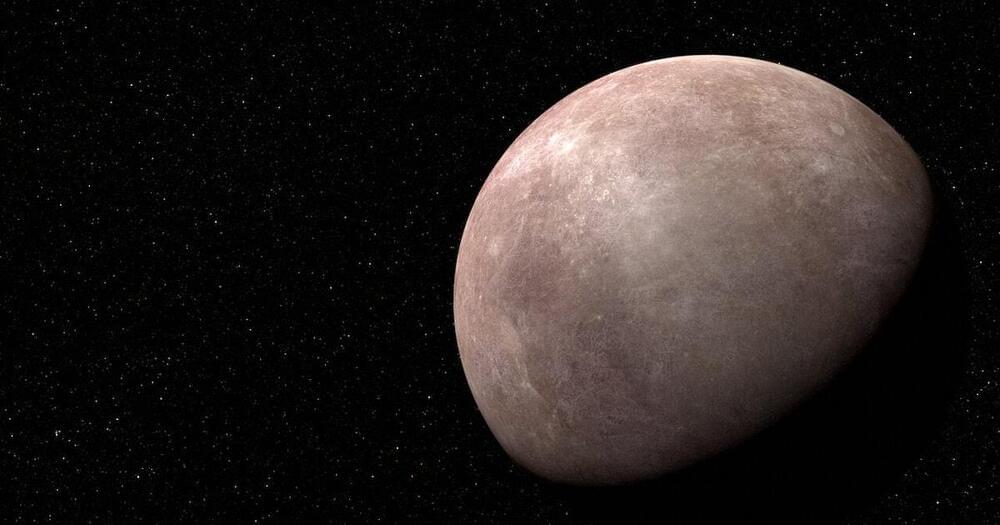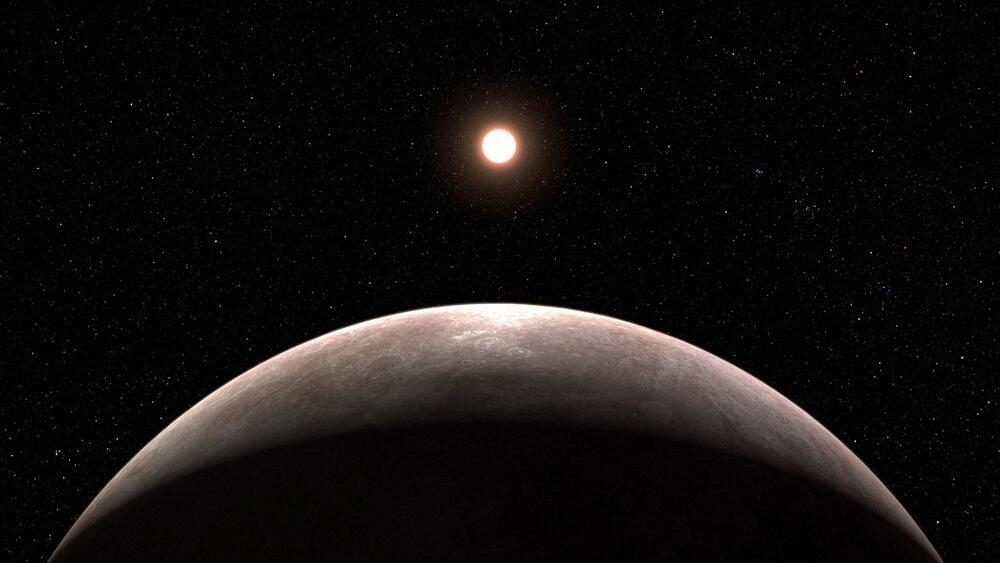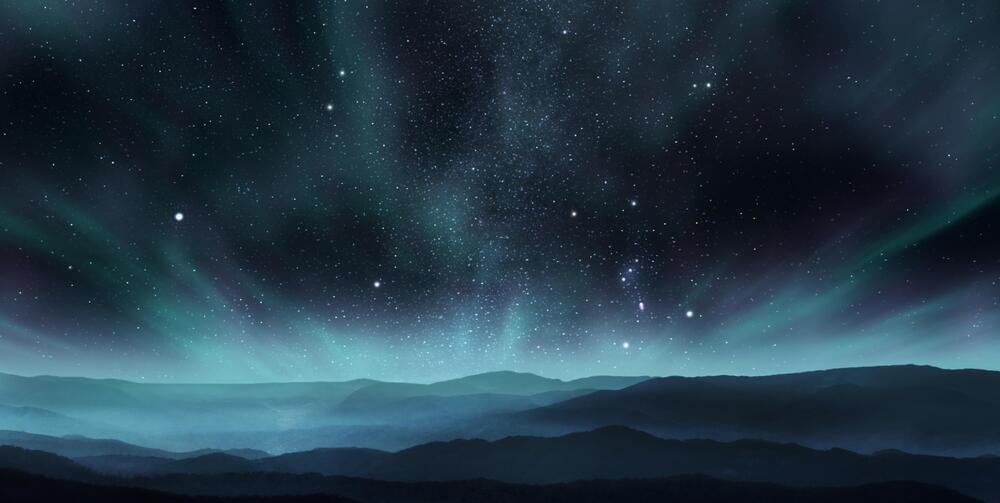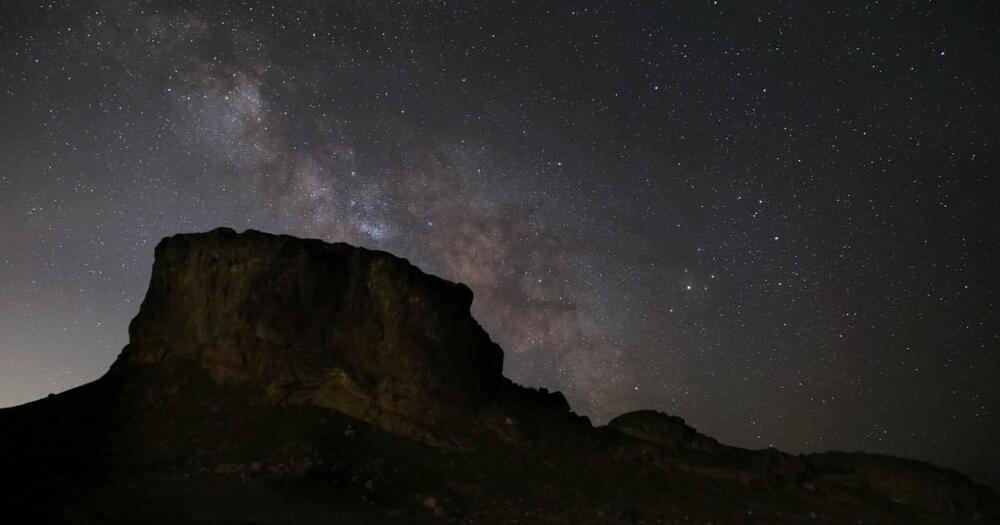Chinese scientists precisely confirmed the latest volcanic activity on moon happened about 2 billion years ago after they studied the lunar samples collected by Chang’e-5 lunar probe in 2020.
The outcome was announced by the China National Space Administration on Monday.
In 2021, a team of scientists carried out researches on the volcanic rock, which is a type of basalt to help indicate the time of volcanic activity occurred, from the lunar samples and proved that the volcanic activity continued until 2 billion years ago, a new refresh for human beings toward the lunar magmatic activity and the lunar evolution.







